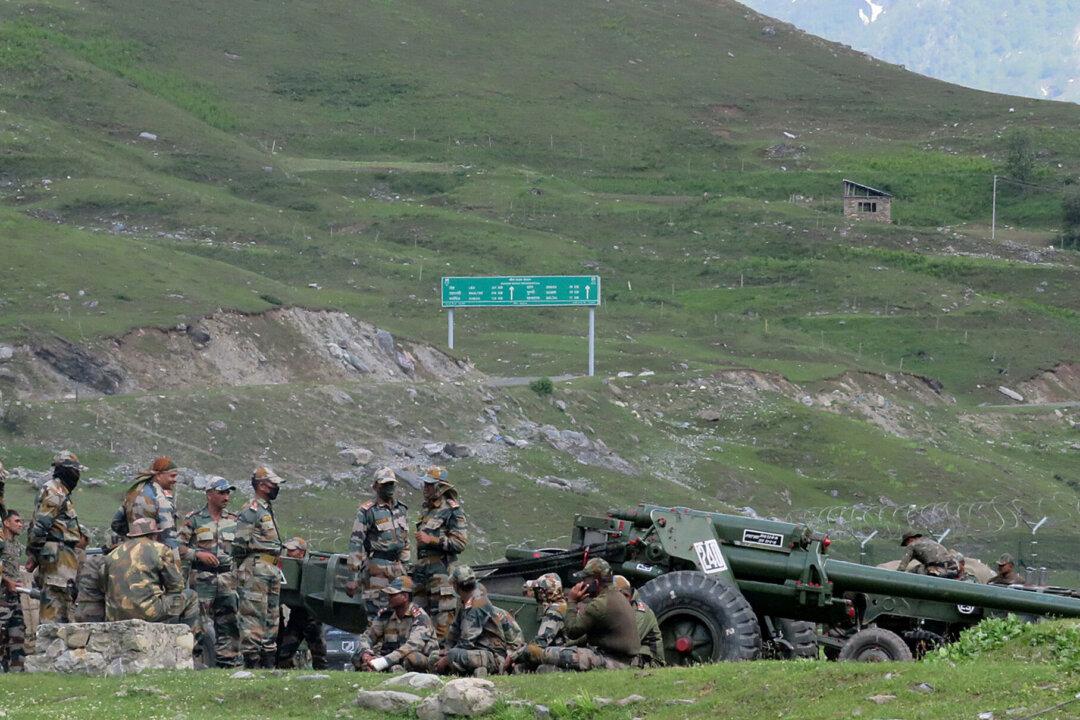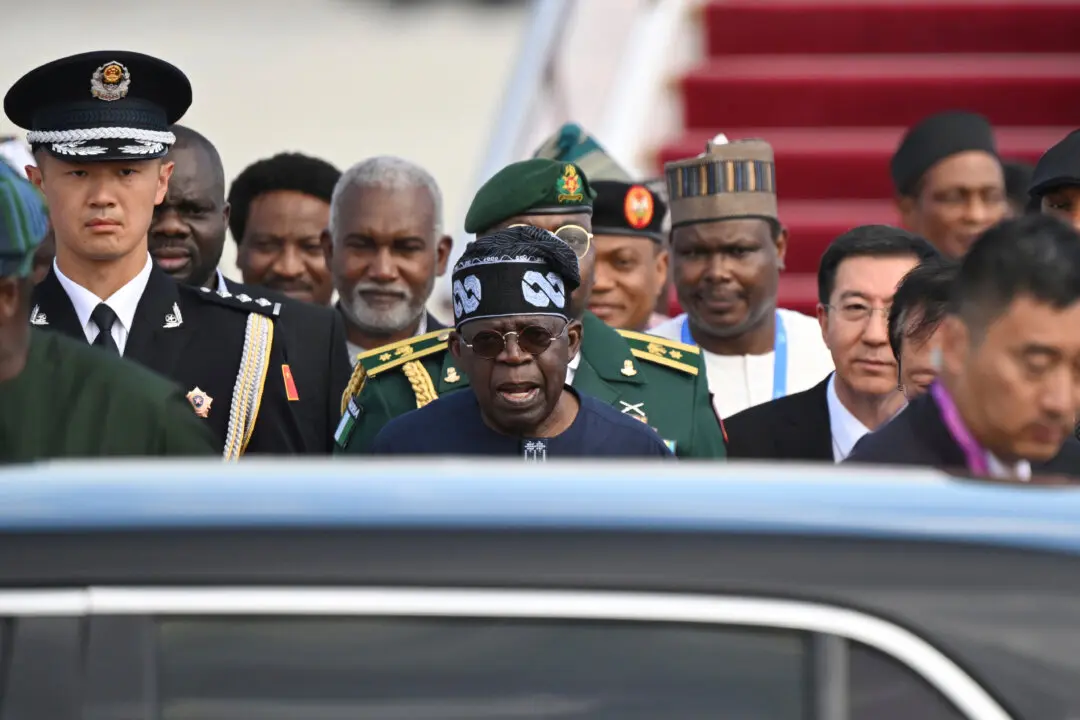NEW DELHI/SRINAGAR—India’s army said on June 16 that 20 of its soldiers had been killed in clashes with Chinese troops at a disputed border site, in a major escalation of a weeks-long standoff between the two Asian giants in the western Himalayas.
China’s foreign ministry confirmed there had been a “violent physical confrontation” on June 15 in the border area. It made no mention of casualties, but India’s foreign ministry said there had been casualties on both sides.





